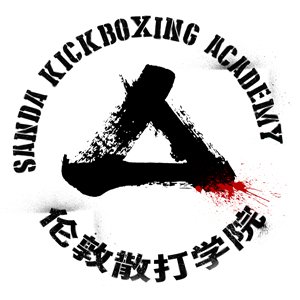Unique throws of Sanda Kickboxing
Sanda kickboxing is a style of martial art that combines modern kickboxing with wrestling and throwing techniques. Originating from China it takes the concepts of traditional Chinese wrestling and has modernised them. In this blog post I will explore how these unique influences have flavoured the wrestling of Sanda kickboxing and how they have led to the styles unique characteristics.
Chinese Wrestling- Shuai Jiao
Chinese wrestling has some unique rules that shape the way Sanda fighters complete their throws. Chinese wrestling was developed as a war style of wrestling and was heavily influenced by Mongolian wrestling. Both styles have a heavy emphasis on staying on their feet and have something called the ‘three points’ rule; this means that if you have more than three points of contact on the floor, for example a hand and two feet, then it counts as a take down and points in the match.
To the modern martial artist this may seem strange as many modern combat sports focus on how to fight when you are on the floor. These wrestling styles developed this way because they were designed for the ancient battlefield, where if you ended up on the floor your chances of survival drastically decreased. Even in ye olden days when you ended up on the floor in single combat it would be very unlikely that neither combatant would not be armed, so once again ending up on the floor would not be the primary objective.
This is not to take away from modern combat sports where ground fighting is a focus and say that one style is superior to the other. The only reason we say this is so that you can understand the context in which Sanda Kickboxing was developed.
How does this effect throws in Sanda Kickboxing? Because of the three point rule it means that you have to be very stable when you throw and gain a great understanding of your opponents weight distribution in relation to yours and because there is no ground game there is less risk if your throw does not go well.
Striking
As in MMA, striking in combination with wrestling significantly alters the way you perform both striking and wrestling techniques. You cannot simply take the optimal wrestling stance in isolation; instead, you must learn how to effectively enter the clinch, slip punches, and time takedowns based on both striking and strikes coming at you. This dual approach will result in developing a completely different style of wrestling compared to someone who dedicates their training solely to pure wrestling disciplines. The integration of these two components offers a more versatile skill set and enhances your overall performance in combat sports.
Gloves
Traditional Chinese wrestling, known for its various techniques, involves a lot of grips and counter-grips and uses a Gi-like uniform, which allows practitioners to effectively utilize these grips during their matches. In contrast, Sanda Kickboxing employs the use of kickboxing gloves, which means that the grips and holds utilized in this discipline are much closer and more representative of the techniques found in Greco-Roman and freestyle wrestling rather than those seen in Chinese Shuai Jiao. The differences in attire and grip style significantly influence the strategies and movements in each sport.
Wrestling is still wrestling
Despite the fact that Sanda Kickboxing has its own distinctive set of rules that give the style its very own unique flavour and character, it still incorporates various wrestling techniques and principles that are universal across many combat sports. This blend of elements not only enhances its effectiveness but also adds to the richness of Sanda as a comprehensive fighting discipline.
If you want to learn the wrestling found in Sanda Kickboxing the you can book a free trial and see what you think.

